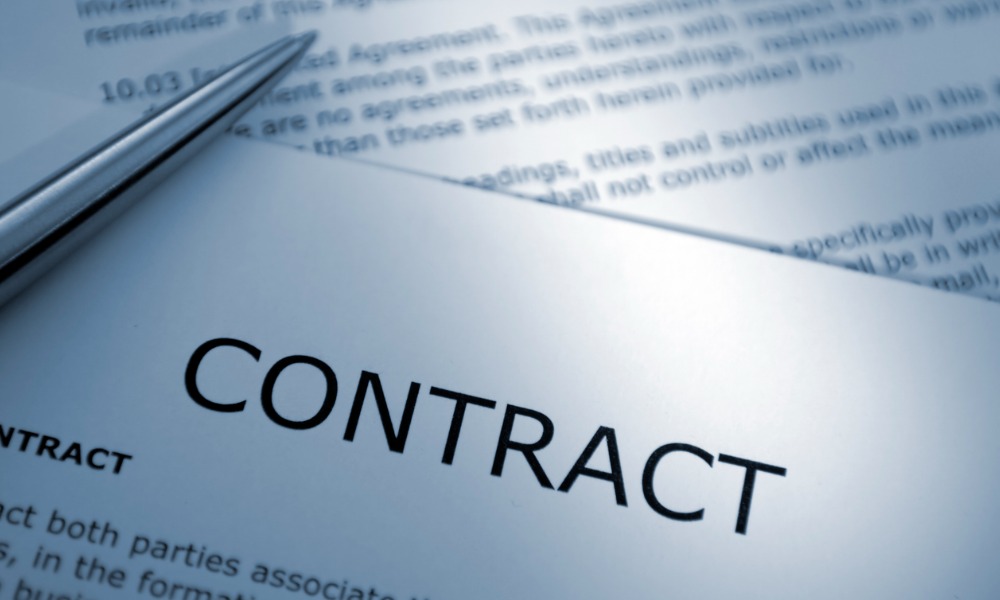Process must recognize that there is no 'one-size-fits-all' approach to assessing employees

Assessing an employee’s performance is never an easy task. There are many factors for HR leaders to consider and normally a few people within their direct sphere of influence to talk too. You also have to put aside any personal biases within the office, have a thorough check and balances system where you can measure off achievable goals, along with understanding the non-metric based assessments - such as cultural fit - and any external factors that may have influenced both behaviour and learning such as a global pandemic or an ongoing personal matter.
There is simply no ‘one-size-fits-all’ to assess all employees, but you must try to make it as objective, free-flowing, and authentic as possible .
“We’re seeing a positive shift in the approach to how organisations assess employees,” Arj Bagga, performance and rewards practice leader at Gartner, told HRD. “Traditionally, organisations would have measured performance through metric-based indicators and whether the employee ticked the box. Fortunately, we are seeing HR teams place greater levels of importance on other critical performance indicators like overall contribution to the organisation and team outcomes. These measures, alongside individual performance, paint a far better picture of how an employee is going.
“In terms of specific systems and platforms used, there are a number of large and small vendors providing excellent systems for employee assessment. Where we’re seeing companies find the most value, however, is in how well assessment modules of a platform can integrate to other modules like career planning and professional development and training tracking.”
A moving beast
Of course, the balance has shifted in recent years from ‘employee gratitude’ to ‘employee attitude’. Most Generation Z want to know what the employer will do for them, their carbon footprint and dig into their investing strategy. It is a complex workplace with new ‘unofficial’ rules being formed all the time.
“Best practice says that employees should be assessed in a formal setting once a year, where they are given a rating or outcome that is linked to their pay, bonuses or reward,” Bagga added. “This process should be objective and transparent, and calibrated against all employees to ensure remuneration and rewards are fair and equitable. Throughout the year, organisations should provide opportunities for informal performance discussions quarterly or bi-annually, to ensure feedback is current, and employees stay on track with annual goals.”
Feedback and the role of HR
The issue of feedback – both positive and negative – will also raise its head with a delicate balance of either giving too much praise or pointing out areas of weakness to work on receiving mixed reviews from the employee.
“It’s important to distinguish feedback from the objective rating that an employee should receive as part of formal performance discussions,” Bagga said. “Feedback provided by a manager or peers should be used as evidence of performance indicators, rather than being used to measure performance. The role of HR is to define what performance means to an organisation, and create a blueprint by which managers can assess, develop and reward staff.
“HR creates the criteria for measuring performance and designs the framework for the assessment process, including frequency of review and how it feeds into reward structures, and trains managers on how to understand and execute that framework to get the best from their teams.”
A different perspective
But not all companies have a tried and tested formula, and some are even quite blunt as to how they assess employees.
“After two plus years hiring, training, managing and firing staff, we have found that there are actually a few simple, subtle and powerful indicators of current performance and future efficacy,” Lisa Saunders, CEO and co-founder of Arnies Recon, said. “Firstly, do they show up to the interview and work on time, early or late? This is the number one indicator. We will not hire someone who shows up to an interview late. That's the best you see in them, and it shows a lack of care and concern. We have found that 100% of all employees who were late were equally casual about work.
“Secondly, do they show respect and interest for who we are and what we do? Apathy or even contempt is a great indicator of an employee who needs to go as soon as possible. They will infect anyone they speak to with gossip or complaints. Contempt can show up in small, subtle ways, but, if left unchecked, it takes down an entire company. I have seen this firsthand with one of Australia's largest organisations, as well as a small company.”
Saunders used to be a leadership, strategy and performance consultant/coach and assessor for the NSW government. Her whole approach to assessing employees and growing a great workplace has evolved as she has moved from being on the outside to being at the frontline of recruiting people for her own business.
She believes that diversity is big issue, which if embraced, creates a great culture.
“Our company ages range from 13-70,” Saunders added. “We have people of all abilities and represent almost all the continents. This creates empathy, compassion and a sense that everyone fits in. There is no ‘normal’ in the company and that, more than any specific system or process is at the source of why as a team, we keep creating each day as a better place to work.”








